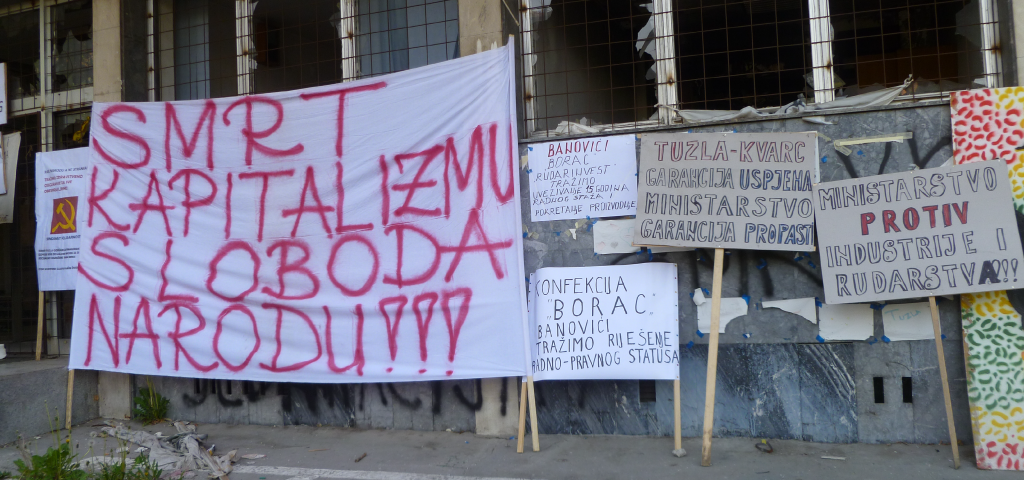
Justice comes from squares, streets and citizens’ assemblies
Socioeconomic violence and justice in Bosnia and Herzegovina.
|10.06.2020
|
Socioeconomic violence is commonly treated only as context, as a by-product rather than as an essential part of the wartime events.
Looking at the political economy of the conflict and transition is in fact essential to gain an understanding of justice issues in Bosnia and Herzegovina (and likely elsewhere).

Daniela Lai
Daniela Lai teaches International Relations in the UK. Her research focuses on transitional justice and peacebuilding, with an emphasis on socioeconomic issues and the relationship between justice and political economy.
This story was originally written in English.